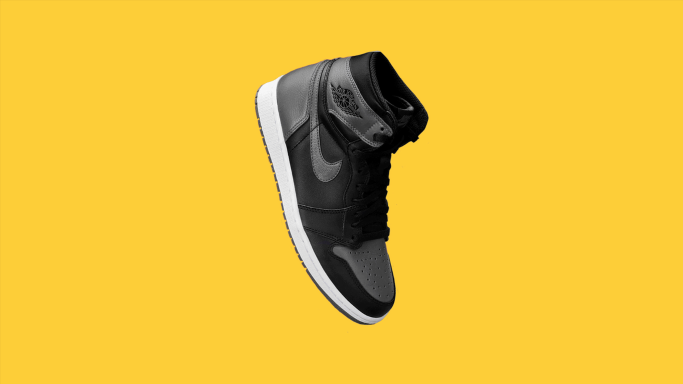Coveting a pair of Travis Scott Jordans or Panda Dunks? You just might be able to snag them for a reasonable price in the resale market — quite a turnaround from a year ago.
Why it matters: Price declines are signaling that the froth has left the market, leading sneaker heads and analysts alike to wonder if the market is crashing — or just normalizing.
By the numbers: Altan Insights, a data and research provider, looked at price data from the resale platform StockX for over 100 popular sneaker releases from the last several years. It found that the average price return in 2022 was negative 7%.
- In 2021, the same sample was up an average of 23% (excluding those released in 2021).
- Some pairs in Nike's latest Travis Scott collaboration sell for around $500 now. They likely would have been in the thousands were they released in 2020, says Mike Sykes, writer of The Kicks You Wear blog.
- On the lower end of the price spectrum, Sykes points to the Nike Dunk in the black and white colorway — dubbed "panda" — a regular old general release shoe. They were fetching over $300 on StockX in 2021, but are now typically $150 or lower.
The backstory: Sneaker resale was hailed an alternative asset class back in the mid-teens, with active markets growing on eBay, as well as upstart platforms like StockX and GOAT. We're not talking about athletic shoes — it's the limited editions and celebrity collaborations that customers will pay a premium to own (and maybe even wear).
- In the COVID era, the market got the same boost that a host of other speculative assets did (think crypto, NFTs, meme stocks), fueled by stimulus cash and the easy monetary policy that made it seem to speculators that markets could only go up.
Zoom out: Sneaker giants like Nike have long operated on a model of scarcity and hype in order to fan demand, but supply chain issues stemming from the pandemic upped the scarcity factor. (Plus, for a while there, no show tickets for enterprising resellers to flip.)
“People were seeing headlines about the huge sums of money that sneaker resellers were making in the market, and that drew more people in,” says Dylan Dittrich, Altan Insights' head of research, and author of the 2019 book "Sneakonomic Growth."
- "It got to a point in 2020 and 2021 where basically every single sneaker that released on [Nike’s] SNKRS app was selling out and going higher on secondary markets. It barely mattered what it was."
Now: As with most other asset classes, the changing macro environment — rising rates and the general risk-off mode — has impacted the flows of money into the space.
- And those pesky supply chain issues have largely abated: no more shortages.
The impact: Unremarkable shoes that shouldn’t be selling out and then popping to a 50% premium aren’t doing so anymore. "That's probably one of the healthier things to come out of this," says Dittrich.
The bottom line: Fashionable sneakers are still in high demand (just look around any time you're out), and the most sought-after pairs continue to command strong premiums on secondary platforms. Both Dittrich and Sykes say that, so far, the data points to the market normalizing rather than cratering.
- Resellers, especially those with scale, can still turn a profit — but it's harder for the fringe reseller to make much, Sykes says.
- "The fever pitch that the market was once at is gone … I think we're finally starting to get back to a period of normalcy that we were once in, where you can resell sneakers and make a profit — but it's not going to be as crazy, and it's not going to be as profitable," he adds.
Source: Read Full Article
-
It’s Not Diwali Without Mithai
-
TikTok star pretending to be hospital doctor caught in SpongeBob SquarePants top
-
How Britons are now getting their cocaine in the post
-
Giggling Google Maps fans spot UK hill that appears to be shape of ‘giant penis’
-
I am an OnlyFans model mum who spent more than £42k on surgery – but now I’ve quit the platform for a disgusting reason | The Sun



